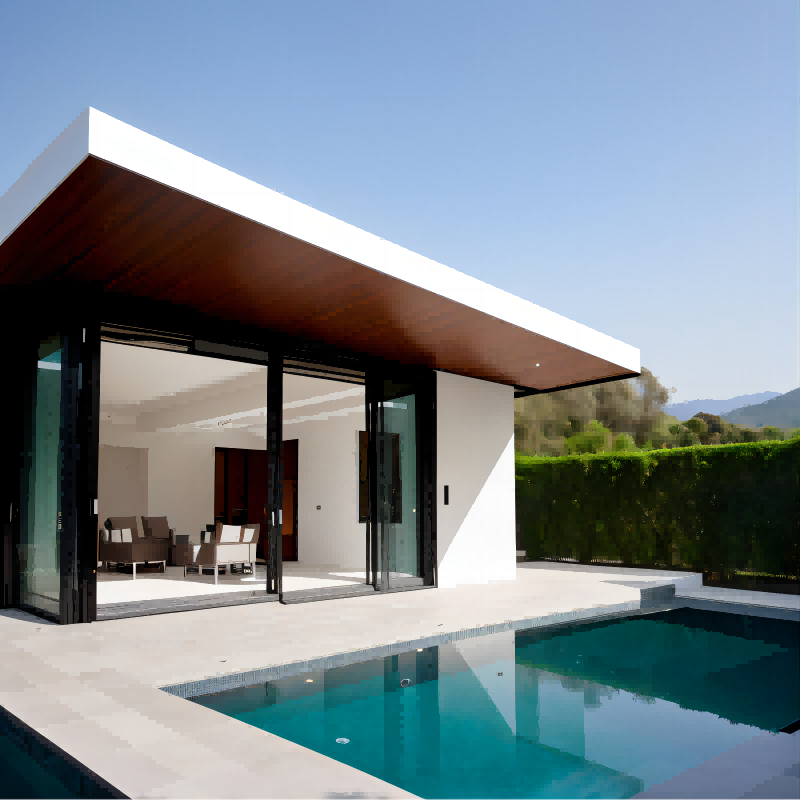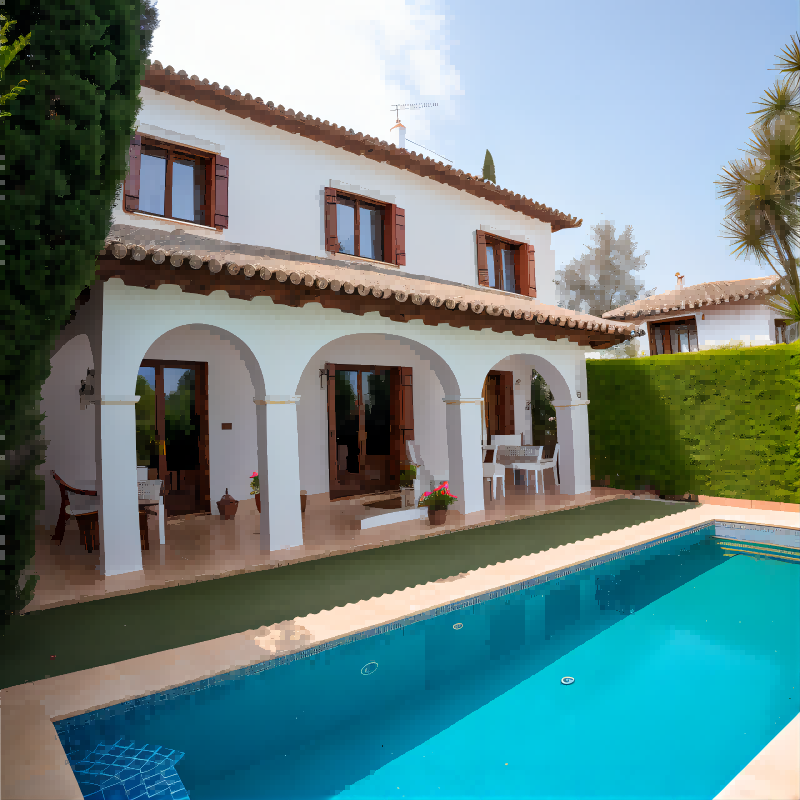When it comes to residential construction, there are various options available, including light steel villas and traditional concrete structure villas. Both methods have their unique characteristics and advantages. In this article, we will delve into the key differences between light steel villas and traditional concrete structure villas, shedding light on the benefits and considerations of each.
Construction Process and Time:
Light Steel Villas: Light steel villas are typically prefabricated off-site, allowing for efficient construction. The components are precision-engineered and manufactured in a factory, then transported to the site for assembly. This method significantly reduces construction time, resulting in faster completion compared to traditional concrete structure villas.
Traditional Concrete Structure Villas: On the other hand, traditional concrete structure villas involve an on-site construction process. The foundation is laid, followed by the erection of walls, roofing, and finishing. The sequential nature of the construction process often leads to longer construction periods compared to light steel villas.
Structural Strength:
Light Steel Villas: Light steel villas are constructed using high-quality steel frames that offer excellent strength and durability. These steel structures can withstand adverse weather conditions, including earthquakes and heavy winds, providing enhanced safety for occupants. Additionally, the lightweight nature of the steel frames reduces the load on the foundation, potentially lowering the construction cost.
Traditional Concrete Structure Villas: Concrete is known for its strength, making traditional concrete structure villas robust and reliable. The solid concrete walls provide good insulation and soundproofing. However, the weight of concrete structures may require more substantial foundations, leading to increased construction costs and longer construction times.
Design Flexibility:
Light Steel Villas: Light steel villas offer greater design flexibility due to the modular nature of the components. The steel frames can be easily modified and combined to create various architectural styles and layouts. This flexibility allows for customization according to specific design preferences and site conditions. Light steel villas also provide opportunities for future expansion or alteration.
Traditional Concrete Structure Villas: Traditional concrete structure villas, while offering design options, may have certain limitations due to the sequential construction process. Changes to the design during construction can be more challenging and time-consuming. However, concrete structures do allow for intricate architectural details and can accommodate larger open spaces.
Environmental Impact:
Light Steel Villas: Light steel villas are considered more environmentally friendly compared to traditional concrete structure villas. The prefabricated components result in less material waste during construction. Additionally, steel is a recyclable material that can be reused at the end of a building’s lifespan, reducing the environmental footprint.
Traditional Concrete Structure Villas: Concrete production has a significant carbon footprint due to its energy-intensive manufacturing process. The use of concrete also contributes to deforestation, as sand and gravel extraction disrupt ecosystems. However, with advancements in sustainable practices, such as using eco-friendly additives and recycling concrete waste, the environmental impact can be mitigated.
Both light steel villas and traditional concrete structure villas offer their own set of advantages and considerations. Light steel villas excel in faster construction, design flexibility, and potential cost savings. On the other hand, traditional concrete structure villas provide solid strength, design intricacy, and proven reliability. Ultimately, the choice between these two options depends on factors such as project requirements, location, budget, and personal preferences.
Post time: Jul-31-2023









